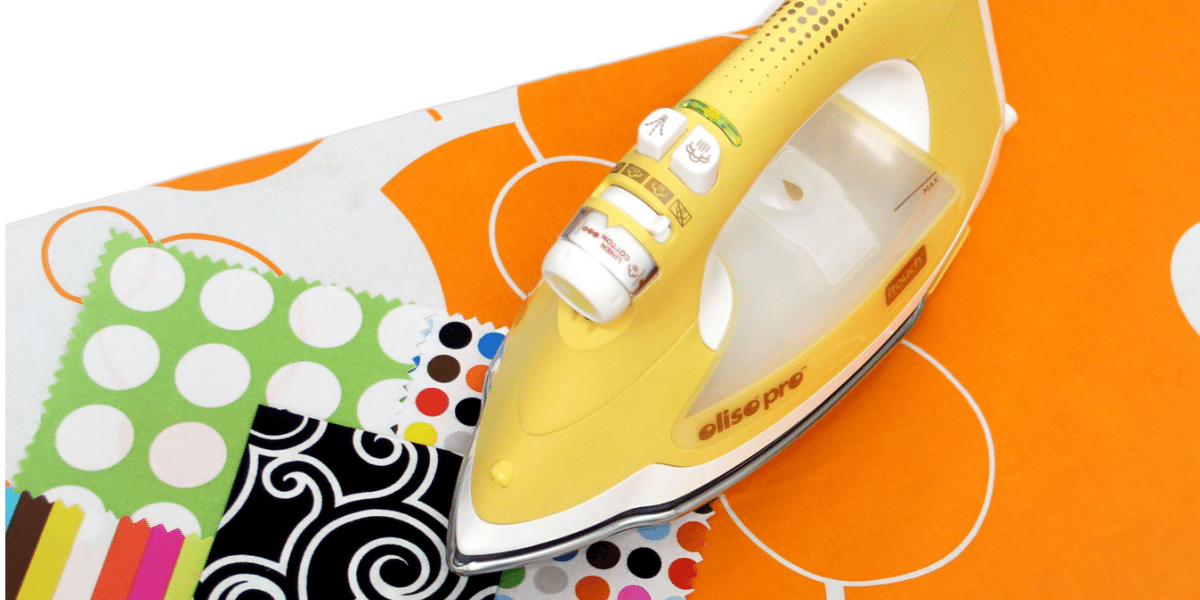

Team Note Taker from Arizona State University present their product in the finals presentation at the 2011 Imagine Cup (Photo: Chuck Lawton)
The Software Design competition is the premier category for student teams at the Imagine Cup. Leveraging a plethora of technology including Microsoft’s programming stacks, custom hardware, and in some cases ingenious hacks of off-the-shelf components, these teams focus on some lofty goals.
Instead of aiming their sights at some new business tool, social media platform, or first person shooter, they create tools that allow people to conduct physical therapy at home, disabled persons to use a computer or see in school, and to make us all better drivers and cure some of the worst diseases in the world.
As a hook, the Imagine Cup and its reliance on the UN Millennium Development Goals do a phenomenal job in inspiring ideas. In many ways, its tough to conceive of an idea, much less a business to wrap around it. These teams challenge themselves to develop a life-changing idea which focuses their energy to ask some tough questions about how to best bring it to market. Questions of capitalism vs. altruism come to mind, though it’s not a necessarily a question of profit vs. non-profit. And it fortunately doesn’t have to be.
In this year’s Imagine Cup, I’ve seen not only some really high-caliber projects presented by these student teams. I’ve seen more fully fleshed out business plans than I can remember last year.
Team OneBuzz from New Zealand, has a solution to combat malaria through an information management system that combines inventory management, case trends, satellite analysis and a prediction engine which helps managers understand where the next outbreak is likely to happen and begin staging bed nets and drugs in advance. They also plan on providing their modular service to organizations committed to combating malaria in a pay-as-you-go model. These organizations can license only the portions they need while OneBuzz, and with their team’s reliance on Microsoft’s Azure services, only needs to scale their infrastructure as business grows.
Team OaSys from Jordan, is also market-ready. Having created a product that leverages off-the-shelf components and a software suite that provides quadriplegic persons the ability to use a computer through head movements, they are ready to begin production of thousands of units and are already working with organizations within Jordan to deploy those. To demonstrate the viability of their solution, which costs around $40, they took their tech, called Horizon, to the James J. Peters VA Medial Hospital in the Bronx and shot a mini documentary which they presented to the judges:
OaSys isn’t the only team working on making computing more accessible. Team Care Everyone from China developed some software that, when coupled with a webcam, will track a dot on a hat that the user wears. Head movements are translated to mouse movement and they created a wrapper around windows to make web browsing, email and phone dialing among others. They also demonstrated the ability to play games by firing up Angry Birds for the PC, to roaring applause.
Team SIMPLEX from Romania developed a project using Microsoft Kinect to allow people to do rehabilitation exercises from home. To augment or even replace specialists who monitor these exercises, their software uses the Kinect’s skeletal tracking to ensure that patients perform various movements correctly with data reported back to healthcare professionals for review.


Team Hermes presents at the 2011 Imagine Cup Finals (Photo: Chuck Lawton)
Team Hermes from Ireland aim to make the roads a bit safer while driving. Using the diagnostic port on a car and RFID key fobs to identify drivers, their system gathers data and provides real time feedback about our driving habits and uploaded them to the cloud. Their software allows users to analyze and educate us on our driving habits. The system can even identify when a number of drivers seem to be having a tough time on a particular stretch of road, possibly indicating adverse road conditions or an accident, and warn nearby drivers. However, while this was some cool tech, between insurance companies and privacy concerns, I’m curious to see how far it goes.
Lastly, hailing from Arizona State University in the US, is Team Note Taker. Their project of the same name aims to make education more accessible for low-vision students. Using a custom camera that allows for fine control of pan and tilt, students can zoom in to the white board and take notes in Microsoft OneNote all without taking their eyes off a tablet PC screen. With gesture based operation, students can quickly adjust the camera while minimizing note-board-note delay and concentrate both on their notes and what their professor is teaching in class.
Only three of these teams will place in the award ceremony. But its important to remember that each of these teams are well positioned to take their ideas to market, if they’re not doing so already. Submitting a project and making it to the final event is a great experience. Winning in the Imagine Cup can never hurt. But a great idea transcends this competition. And each of these great ideas should be pursued further.
[This article, by Chuck Lawton, was originally published on Thursday. Please leave any comments you may have on the original.]


